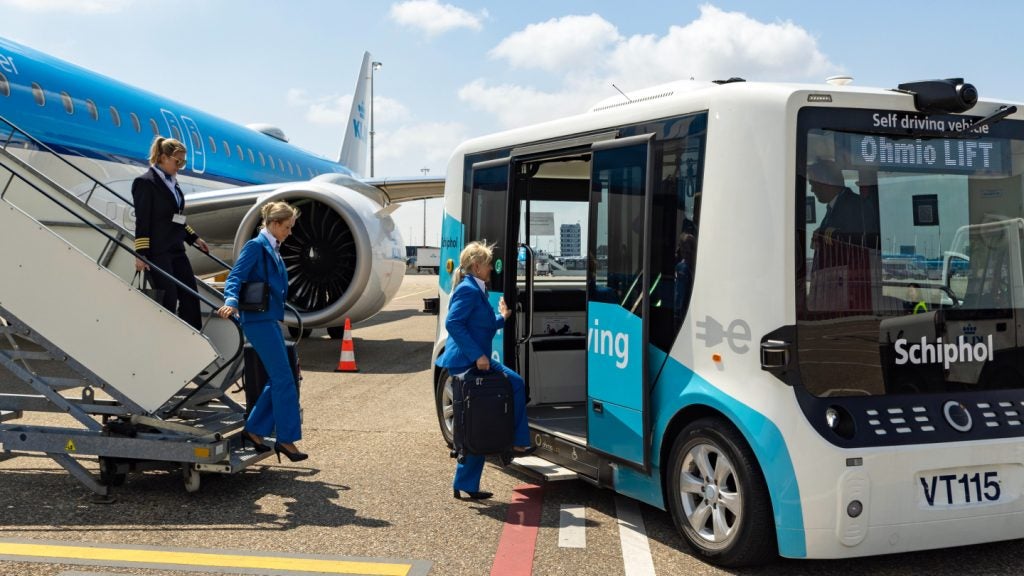

United Airlines are collaborating with environmental education organisation Audubon International to protect raptors in and around New York-area airports.
As part of the collaboration, the organisations will also be responsible for resettling the birds of prey, including hawks, ospreys and owls, at suitable golf course habitats where the species will have better chances of survival.
Expected to launch at Newark Liberty International Airport later this month, the United Eco-Skies Raptor Relocation Programme will help protect at-risk and threatened species, such as the American kestrel, by transporting them to golf courses certified within the Audubon Cooperative Sanctuary Programme.
United Airlines and Audubon International will work with the Port Authority to safely capture threatened birds at New York-area airports.
The Port Authority of New York and New Jersey chief wildlife biologist Laura Francoeur said: "The presence of wildlife at our airports can pose a challenge to pilots operating commercial aircraft.
"The agency implements wildlife management measures to reduce these challenges, and we continue to work with our airline partners and organisations such as United and Audubon International to ensure safe operations while protecting nature."
How well do you really know your competitors?
Access the most comprehensive Company Profiles on the market, powered by GlobalData. Save hours of research. Gain competitive edge.

Thank you!
Your download email will arrive shortly
Not ready to buy yet? Download a free sample
We are confident about the unique quality of our Company Profiles. However, we want you to make the most beneficial decision for your business, so we offer a free sample that you can download by submitting the below form
By GlobalDataUnited's Eco-Skies programme is said to represent the company's commitment to the environment, as well as the actions it has taken to create a sustainable future.
United Airlines Environmental Affairs and Sustainability managing director Angela Foster-Rice said: “Together with our partners at Audubon International and the Port Authority of New York and New Jersey, we are developing innovative ways to protect our environment and provide sanctuary for birds of prey that otherwise would be living near New York-area airports.
“The Raptor Relocation Programme will help minimise risk to wildlife, reduce damage to aircraft and enable us to operate more efficiently within some of the world's busiest airspace.”
Image: Aerial view of Newark Liberty International Airport in the US. Photo: courtesy of Fan Railer (talk) / Wikipedia.







